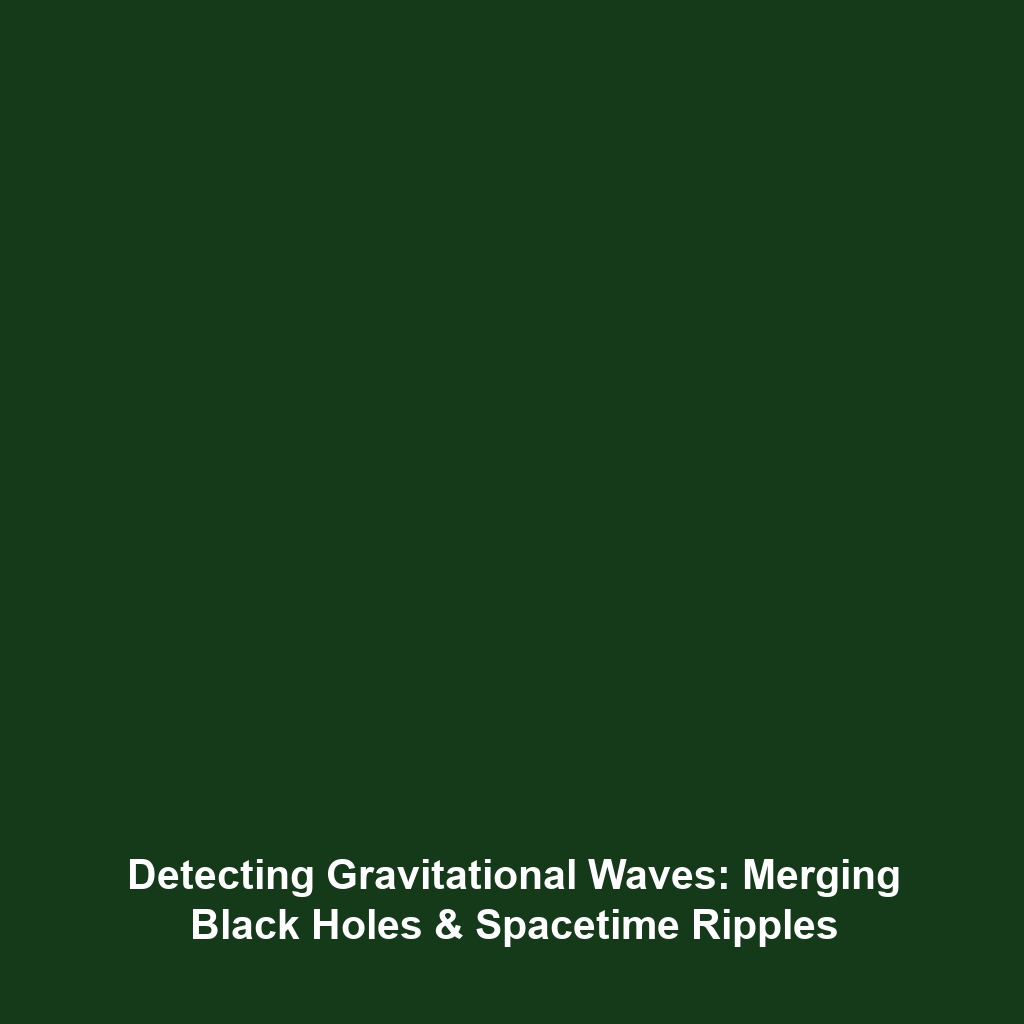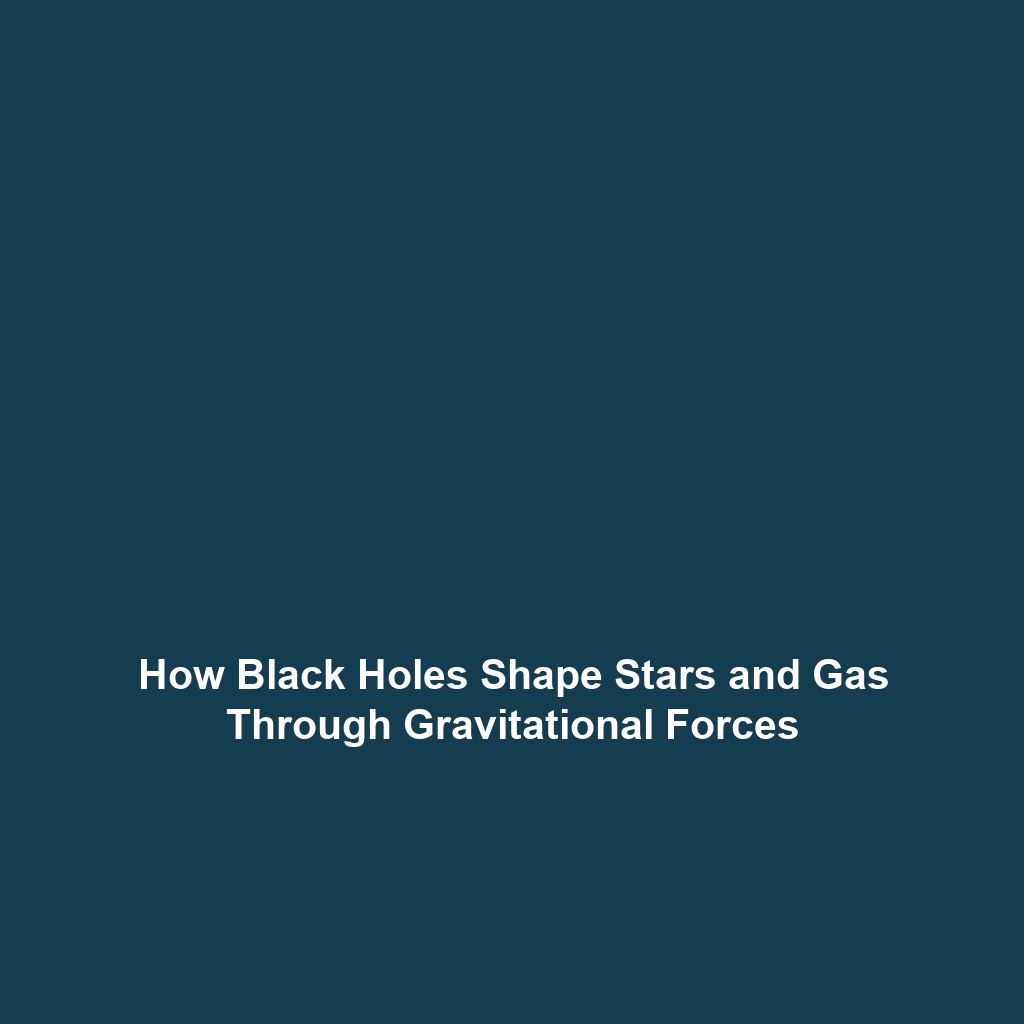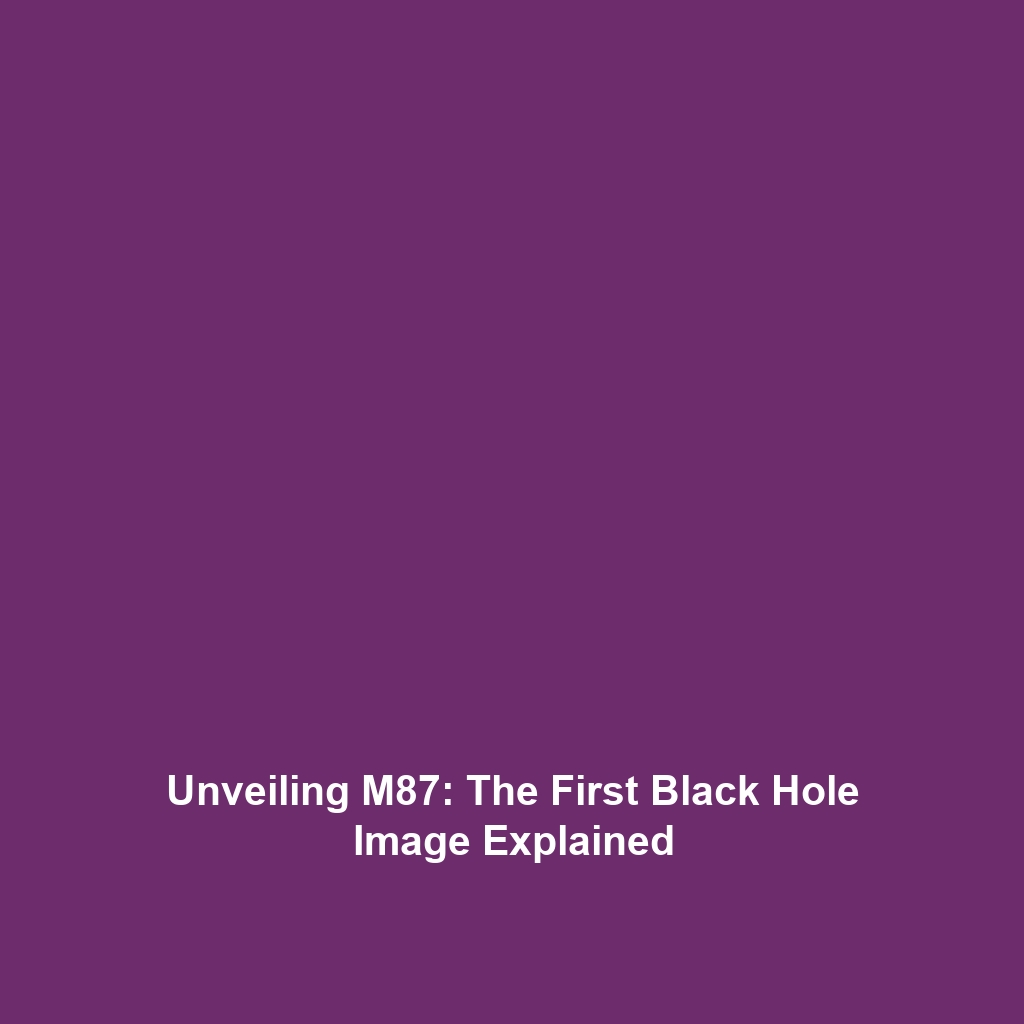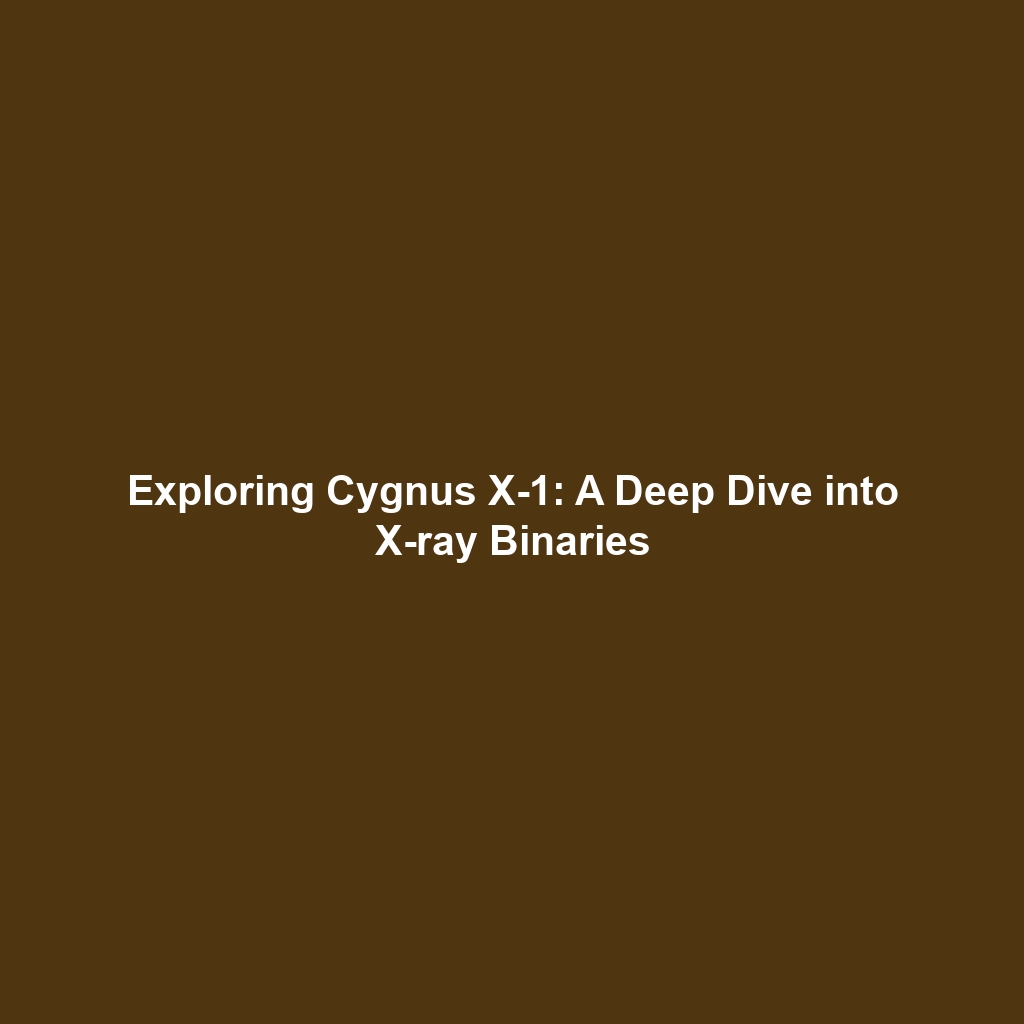Gravitational Waves: How Merging Black Holes are Detected through Ripples in Spacetime
Introduction
Gravitational waves, the ripples in spacetime caused by some of the universe’s most violent events, have revolutionized our understanding of black holes. Since the first detection in 2015 by the LIGO observatory, scientists have gained unprecedented insights into the merging of black holes. These waves, invisible to traditional telescopes, provide vital information about the dynamics of black holes, their formation, and the fundamental laws of physics governing our universe. This article explores the intricate relationship between gravitational waves and black holes, emphasizing their significance in modern astrophysics.
Key Concepts
Understanding Gravitational Waves
Gravitational waves are distortions in spacetime caused by the acceleration of massive bodies, such as merging black holes. They propagate at the speed of light and carry information about their origins and the nature of gravity itself. Detected through the highly sensitive LIGO and Virgo observatories, these waves offer a new way to observe astronomical phenomena that are otherwise hidden from sight.
The Significance of Merging Black Holes
Merging black holes are among the most significant sources of gravitational waves. When two black holes spiral closer to each other, they emit powerful gravitational waves that are detectable on Earth, allowing scientists to study their properties. This phenomenon enhances our understanding of black hole populations, merger rates, and the extreme conditions that characterize the final moments before the merger.
Applications and Real-World Uses
The detection of gravitational waves has paved the way for several practical applications, particularly in astrophysics and cosmology. Some of the most notable applications include:
- Testing General Relativity: Observations of gravitational waves serve as a test bed for Einstein’s General Theory of Relativity in extreme conditions.
- Understanding Cosmic Evolution: The data collected helps astronomers map the universe’s structure and the formation of galaxies.
- Probing Dark Matter and Dark Energy: Gravitational wave observations provide insights into the nature of dark matter and dark energy, offering clues about the universe’s fate.
Current Challenges
Despite significant advancements in the field, several challenges persist in studying gravitational waves and their relationship with black holes:
- Detection Sensitivity: Current detectors have limitations in sensitivity that may restrict the observation of farther or fainter events.
- Signal Interpretation: Analyzing the complex signals from merging black holes requires sophisticated algorithms and models, which are still under development.
- Environmental Noise: Disturbances from Earth, such as seismic activity, can interfere with the detection of faint gravitational waves.
Future Research and Innovations
The future of gravitational wave research is promising, with several innovations on the horizon. Upcoming projects, such as the space-based observatory LISA (Laser Interferometer Space Antenna), aim to extend the detection range and sensitivity of gravitational waves. Future research is likely to focus on:
- Higher Sensitivity Detectors: Innovations in detection technology will enhance our ability to observe more distant and faint merging black holes.
- Multi-Messenger Astronomy: Combining gravitational wave data with electromagnetic observations will enrich our understanding of cosmic events.
- Testing New Physics: Continued studies may uncover phenomena beyond the Standard Model of particle physics and further elucidate the principles of quantum gravity.
Conclusion
Gravitational waves have opened a new window into the study of black holes, providing invaluable insights into their merging processes and the fundamental nature of the universe. As research progresses, the implications of detecting these ripples in spacetime continue to broaden our knowledge of astrophysics. For those interested in delving deeper into the universe’s mysteries, exploring further studies on black holes and gravitational wave astronomy is encouraged. Stay informed and engaged with the latest findings in this fascinating field.






